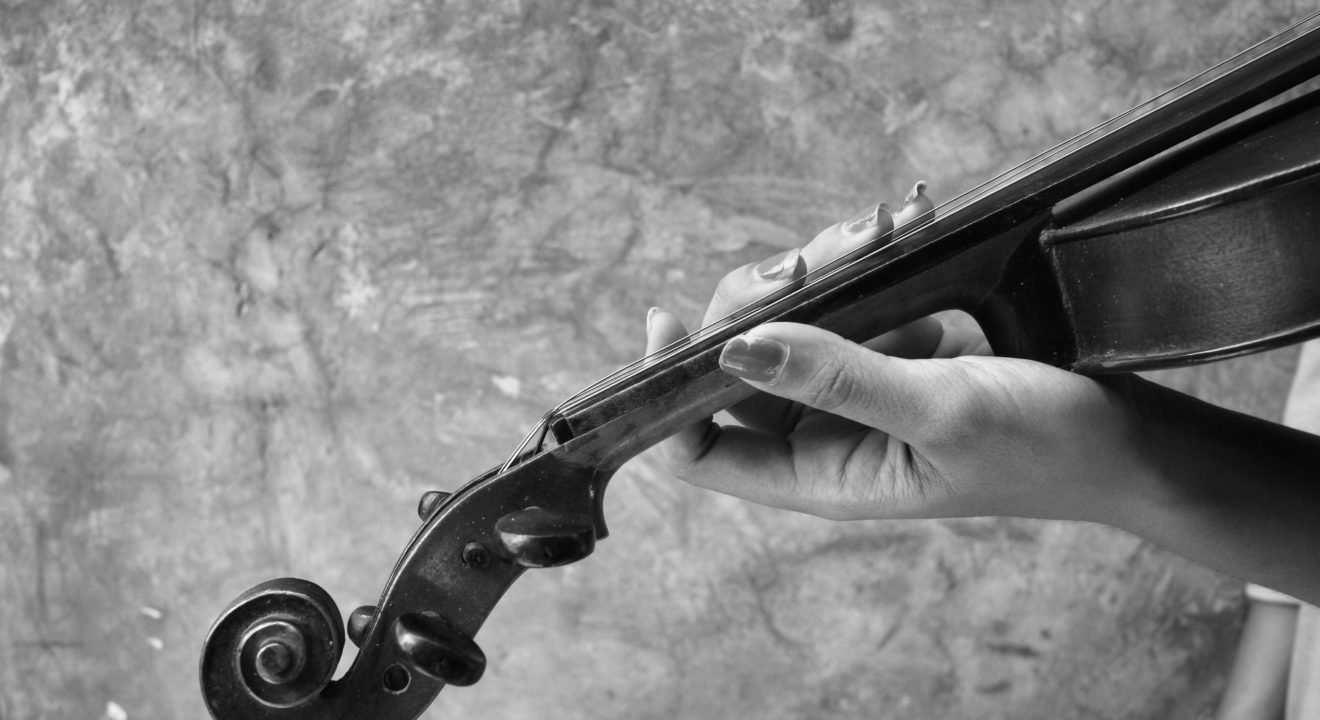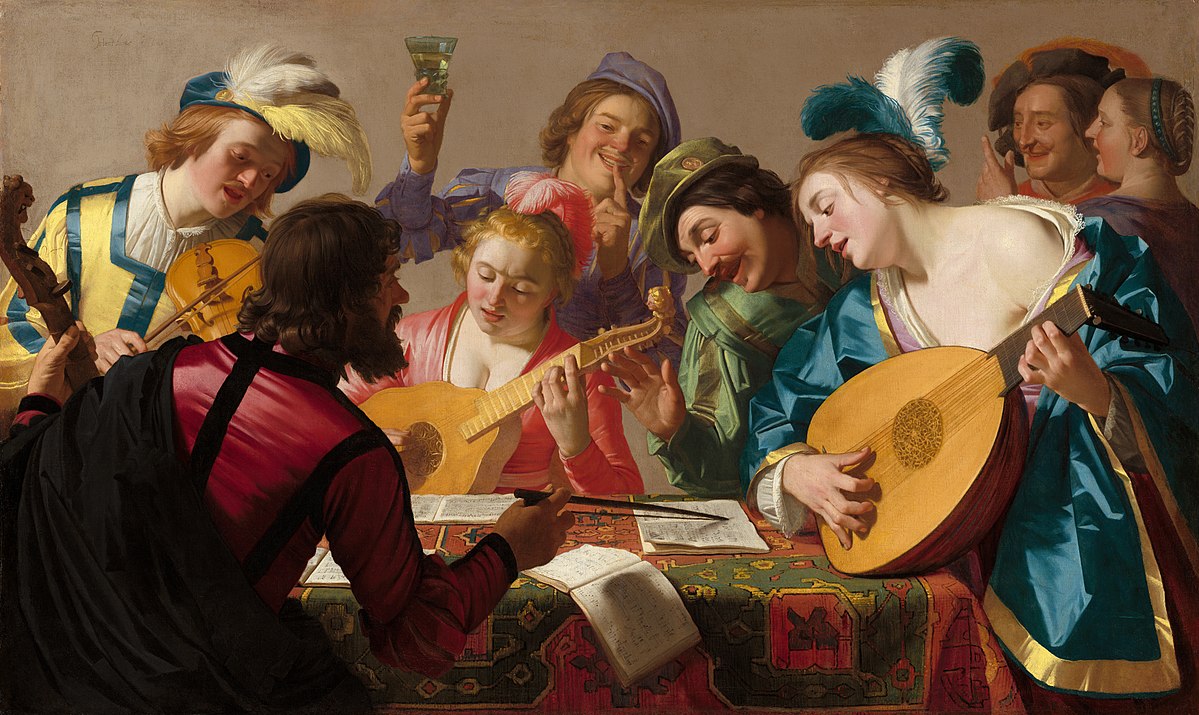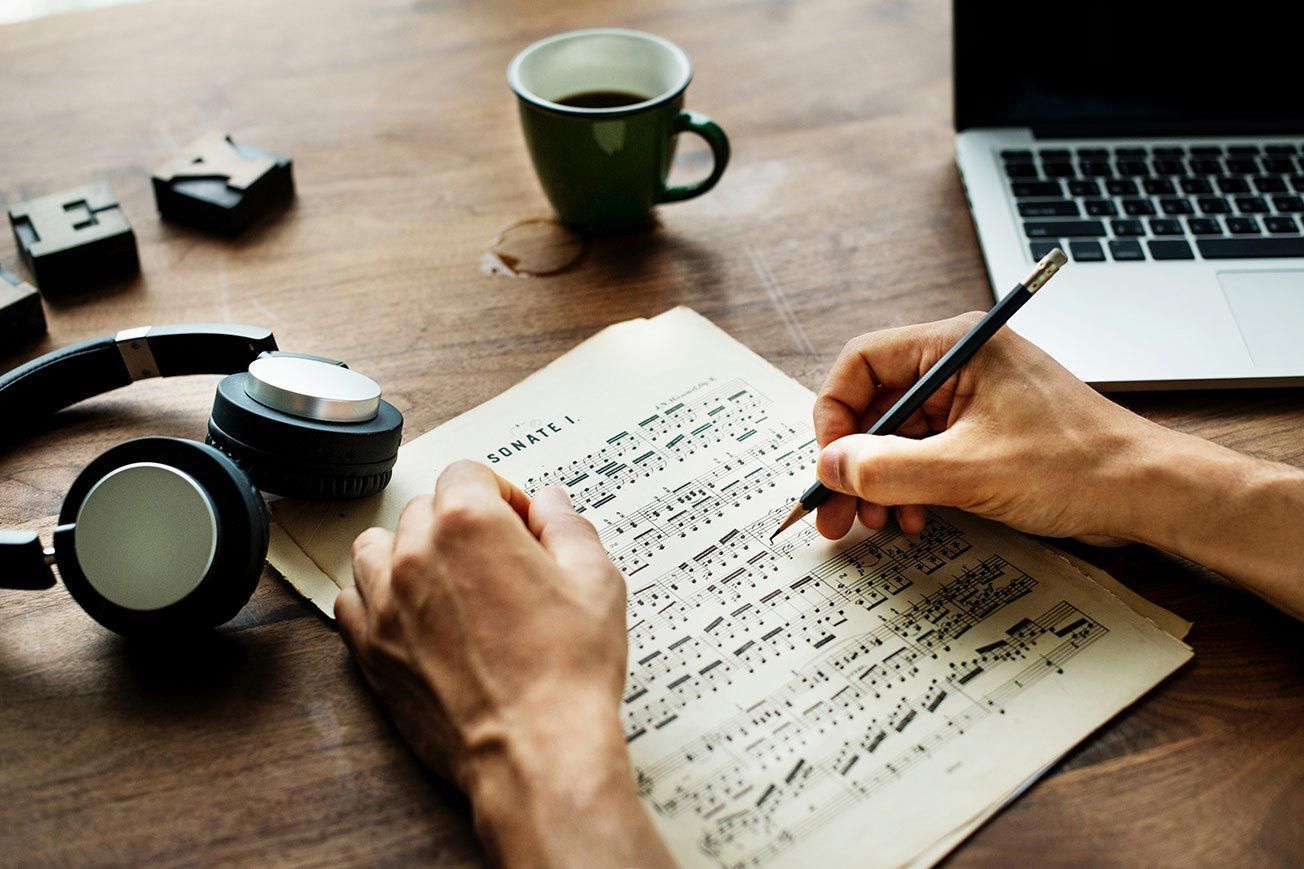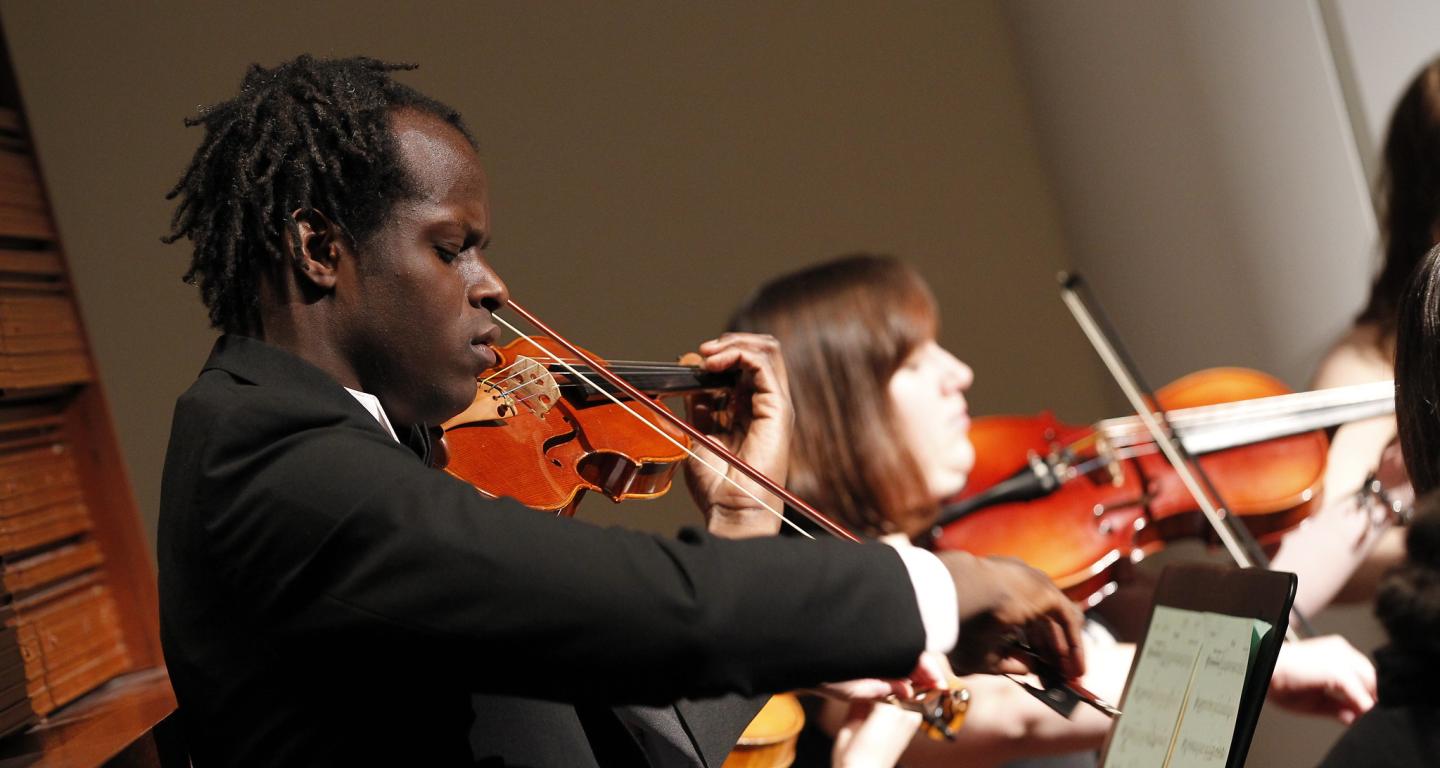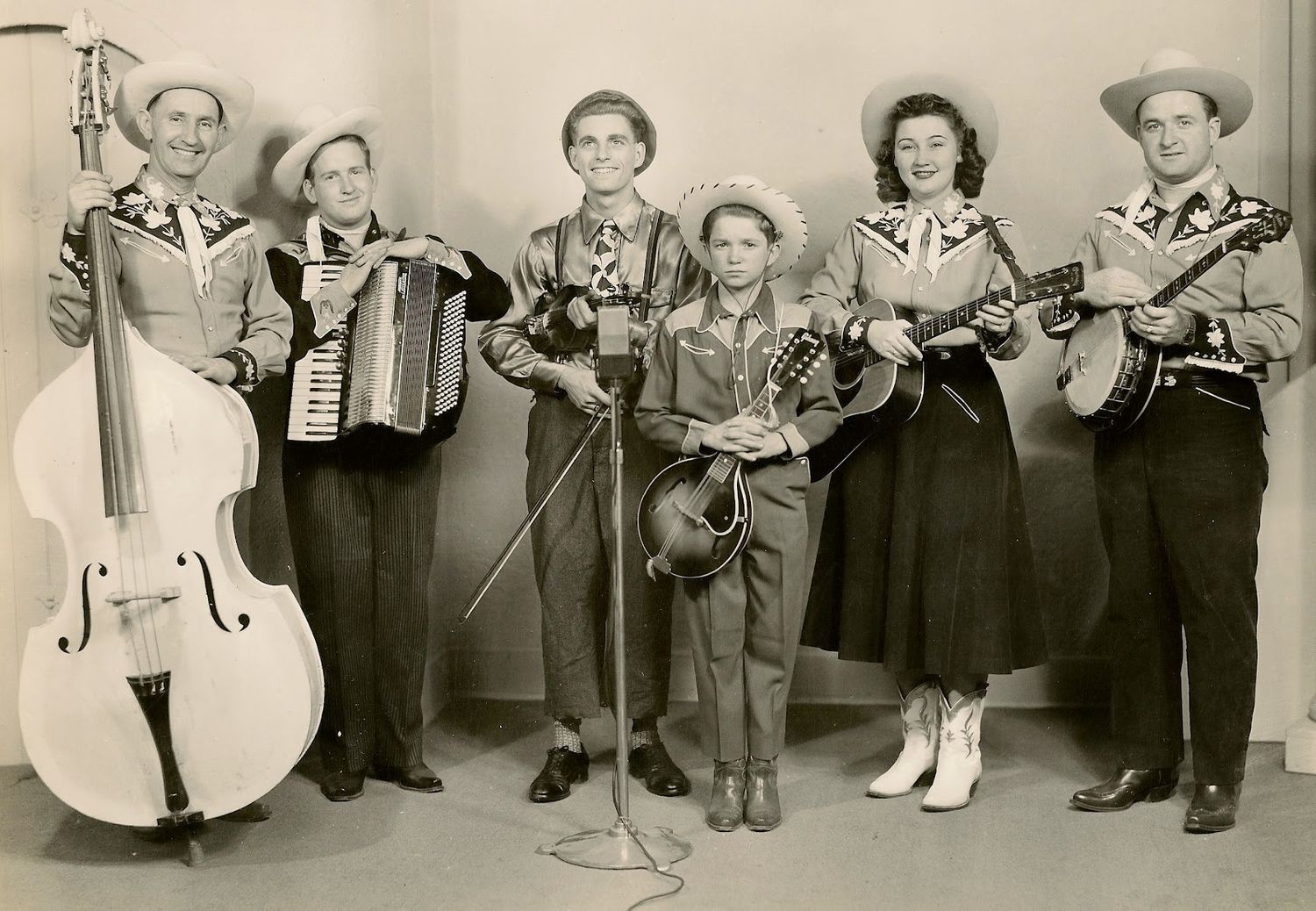Home>Events & Info>Music History>Which Period Of Music History Emphasized Faith And Music For Religious Ceremonies?
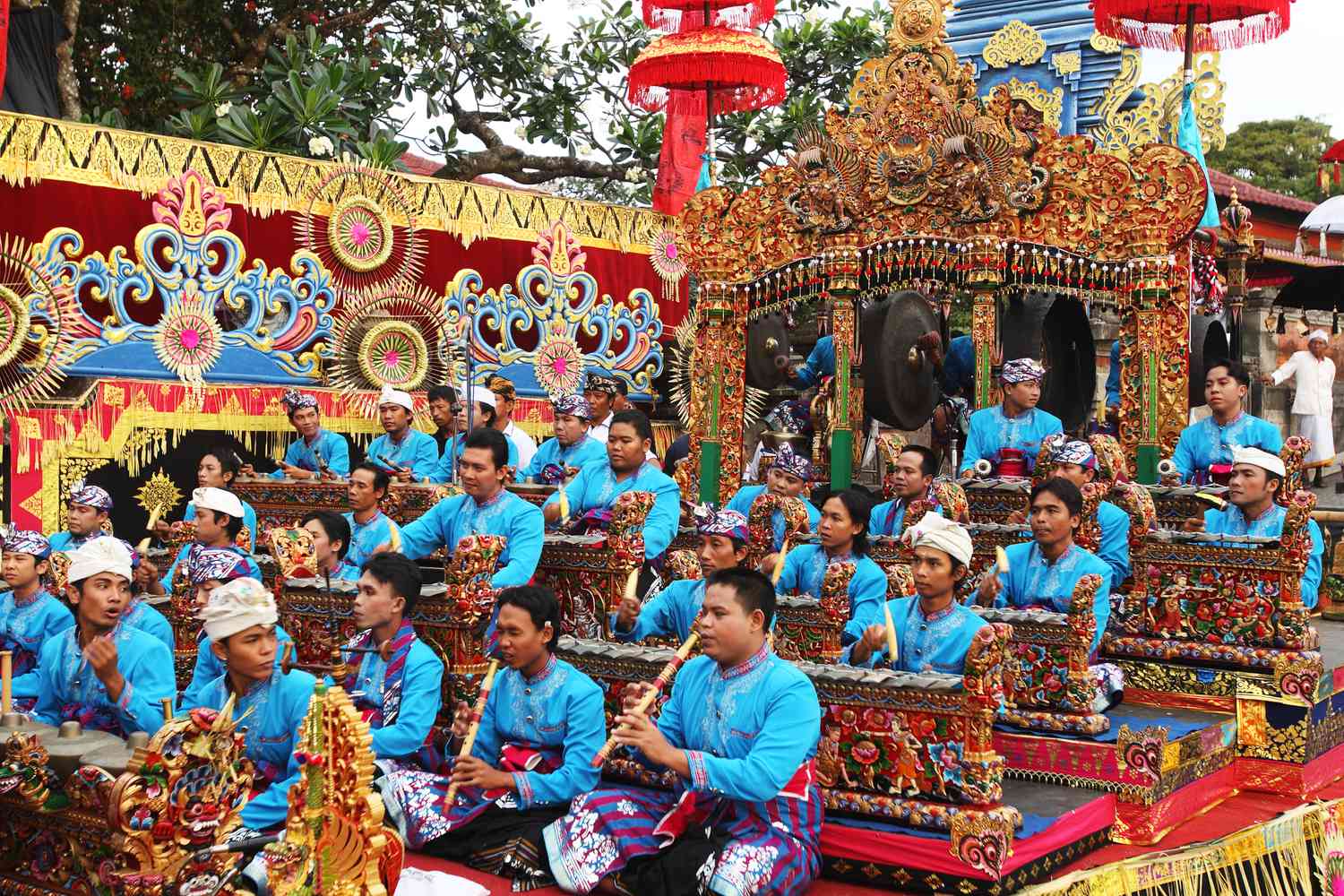

Music History
Which Period Of Music History Emphasized Faith And Music For Religious Ceremonies?
Modified: January 22, 2024
Discover the period of music history that placed a significant emphasis on faith and music for religious ceremonies. Explore the connection between music and spirituality in the realm of Music History.
(Many of the links in this article redirect to a specific reviewed product. Your purchase of these products through affiliate links helps to generate commission for AudioLover.com, at no extra cost. Learn more)
Table of Contents
Introduction
Music has played a profound role in human civilization since ancient times. It has been intertwined with religious practices, serving as a medium of expression and worship. Throughout different periods of music history, the emphasis on faith and music for religious ceremonies has varied, reflecting the cultural, social, and philosophical influences of each era.
In this article, we will embark on a journey through the rich tapestry of music history, exploring the periods that placed a significant focus on faith and music in religious ceremonies. From the early Christian era to the present day, we will delve into the evolution of religious music and its profound impact on societies.
This exploration will take us through the enchanting melodies of medieval chants, the intricate harmonies of the Renaissance, the ornate compositions of the Baroque era, the refined sacred music of the Classical period, the emotional expressions of the Romantic era, and the avant-garde sounds of the 20th century.
Join us as we uncover the musical expressions and religious themes that have resonated through the ages, illuminating the connection between devotion and artistic creation.
Early Christian Music
The early Christian period marks the beginnings of music’s integration into religious ceremonies. As the nascent Christian faith spread across the Roman Empire, music became an integral part of worship, serving to enhance the spiritual experience and unite believers.
During this time, plainchant, also known as Gregorian chant, emerged as the predominant form of musical expression in the Christian liturgy. Plainchant consists of monophonic melodies sung in Latin, often performed by choirs or soloists. The melodies were composed to follow the text, emphasizing the sacred words and evoking a sense of awe and reverence.
One of the most influential figures in early Christian music was Pope Gregory I, who reigned from 590 to 604. He organized and codified the plainchant repertoire, compiling it into what is now known as the Gregorian chant. This standardized form of chant served as the foundation for centuries of sacred music.
Gregorian chant was predominantly sung in monasteries and cathedrals, with a focus on simplicity and a solemn atmosphere. Its melodic contours, free-flowing rhythms, and modal harmonies created a contemplative and meditative ambiance, allowing worshippers to connect with the divine.
Through the monastic communities, plainchant spread throughout Europe, adapting to regional influences and giving rise to various regional styles. These different forms of chant, such as Ambrosian chant in Milan and Mozarabic chant in Spain, showcased the diverse musical expressions within the Christian tradition.
Early Christian music also witnessed the emergence of hymns. Hymns were sung in communal worship and often featured poetic texts expressing praise, devotion, and theological doctrines. The hymns provided a more accessible form of musical expression for the congregation, enabling active participation and creating a sense of community.
As Christianity became the official religion of the Roman Empire in the 4th century, the role of music in religious ceremonies expanded. Elaborate musical performances began to accompany processions, liturgical dramas, and elaborate church services.
Early Christian music set the stage for the development of sacred music in subsequent eras, laying the foundation for the rich traditions that would follow. Its influence can still be heard in Western music today, reminding us of the enduring power of faith and music in shaping our cultural heritage.
Medieval Music
The medieval period, spanning from the 5th century to the 15th century, was an era of great cultural and artistic flourishing in Europe. It was during this time that music continued to play a central role in religious ceremonies, with a renewed emphasis on liturgical music.
One of the defining features of medieval religious music was the development of polyphony. Polyphony is the art of combining multiple melodic lines, creating harmonies and textures that were more complex than the monophonic chant of the early Christian period.
This evolution in musical style was exemplified by the emergence of organum, a form of early polyphony. Organum involved adding a second melodic line to the original plainchant, resulting in a harmonically rich and melodically intertwined composition. Notable composers of this time included Leonin and Perotin, who expanded upon the foundations of organum and created monumental works of sacred music.
Alongside organum, the medieval period also witnessed the development of new forms of sacred music, such as motets and conductus. Motets were polyphonic compositions that incorporated multiple independent voices, often with different texts sung simultaneously. Conductus, on the other hand, were unison or polyphonic settings of Latin or vernacular texts, intended for processions or other ceremonial occasions.
These musical innovations were primarily cultivated within the monastic and cathedral settings, with choirs of clerics and trained musicians performing the intricate compositions. The musical notation system known as neumes allowed for the precise representation of these new polyphonic forms, enabling the preservation and dissemination of the evolving musical traditions.
The proliferation of liturgical manuscripts, such as the Graduals and Antiphonaries, also contributed to the preservation and transmission of sacred music during the medieval period. These manuscripts contained the chants and texts used in specific religious services, serving as invaluable musical resources for the clergy and musicians.
Medieval religious music was deeply rooted in the religious practices and beliefs of the time. It provided a means for worshipers to connect with the divine and to express their devotion through melodic and textual offerings. The ornate melodies, intricate harmonies, and robust polyphony of medieval music continue to captivate and inspire listeners, reminding us of the enduring power of music in the realm of faith.
Renaissance Music
The Renaissance period, spanning roughly from the 14th to the 17th century, marked a time of cultural rebirth and artistic innovation in Europe. It was during this period that music flourished, with a renewed focus on the integration of music and liturgical worship.
One of the defining characteristics of Renaissance music was the advent of humanism, a philosophical and intellectual movement that emphasized the importance of individualism, reason, and a holistic understanding of the human experience. This newfound focus on the human perspective greatly influenced the composition and performance of religious music during the Renaissance.
One of the most significant developments in Renaissance sacred music was the expansion of the polyphonic style. Composers such as Josquin des Prez, Giovanni Pierluigi da Palestrina, and Thomas Tallis pioneered new techniques and forms of polyphony, creating intricate and harmonically rich compositions that echoed the intellectual and spiritual ideals of the time.
Polyphonic masses, motets, and choral hymns became prominent genres within Renaissance sacred music. The masses, in particular, took on a central role in religious ceremonies and were composed in multiple voices, often with elaborate counterpoint and extensive melodic development.
Palestrina, considered one of the greatest composers of the Renaissance, excelled in his ability to create polyphonic masses that balanced intricate musical structures with a clear and intelligible text. His works, such as the Missa Papae Marcelli, exemplify the Renaissance ideal of beauty, clarity, and devotion within sacred music.
Alongside the textual focus of Renaissance sacred music, the utilization of musical instruments in religious compositions also gained prominence. Organs, lutes, viols, and other instruments were employed to accompany vocal performances, adding a new dimension to the musical experience and enhancing the emotional impact of the compositions.
The Catholic Church played a significant role in patronizing and promoting sacred music during the Renaissance. Many composers were employed by the church or religious institutions, and their compositions were often performed during religious services or in sacred spaces.
The advent of the printing press further contributed to the dissemination of sacred music during this period. Musical scores were printed and distributed, allowing for wider accessibility and the preservation of the musical traditions of the time.
Renaissance religious music represented a harmonious integration of the intellectual and spiritual aspects of the human experience. Its polyphonic complexity, precise harmonies, and nuanced expression continue to resonate with listeners, conveying a sense of reverence and deep devotion.
Baroque Music
The Baroque period, spanning roughly from the early 17th century to the mid-18th century, was a time of grandeur, opulence, and artistic innovation. Baroque music, both secular and sacred, reflected the dramatic and emotional sensibilities of the era.
Within the realm of religious music, the Baroque period witnessed the development of elaborate and ornate compositions, often performed in magnificent cathedrals and royal courts. The music of this era aimed to evoke intense emotional responses and deepen the spiritual connection of the listeners.
One of the significant developments in Baroque sacred music was the emergence of the oratorio. Oratorios were large-scale choral works that incorporated soloists, choirs, and an instrumental ensemble. They typically depicted biblical narratives or religious themes, captivating audiences with their dramatic narratives and expressive musical language.
Notable composers like George Frideric Handel, with his famous oratorio “Messiah,” and Johann Sebastian Bach, with his “St. Matthew Passion,” created monumental works that continue to be revered in sacred music to this day. These compositions combined powerful choral singing, expressive solo performances, and intricate instrumental accompaniments, often exploring deeply profound theological and spiritual themes.
Within the realm of liturgical music, the organ played a central role in Baroque religious ceremonies. The organ’s versatile and rich sonorities were utilized to create dramatic soundscapes that heightened the emotional impact of the religious services. Composers, such as Johann Pachelbel and Dieterich Buxtehude, composed intricate organ works that showcased the instrument’s capabilities and added grandeur to the worship experience.
The doctrine of the Counter-Reformation also influenced the musical style of Baroque sacred compositions. The Catholic Church sought to create a sense of awe and reverence by using music as a means to connect with the divine, which resulted in the creation of magnificent and emotionally charged works. These compositions were intended to inspire piety, devotion, and an overwhelming sense of religious fervor.
The Baroque period also witnessed the emergence of the figured bass, a notation system that allowed for more flexible and improvisatory performances. This system gave performers the freedom to interpret and embellish the music within certain harmonic guidelines, adding a sense of personal expression to the compositions.
Baroque religious music represents a union of artistic sophistication and spiritual reverence. Its ornate melodies, intricate counterpoint, and emotive power continue to captivate audiences, reminding us of the profound impact that music can have on our spiritual lives.
Sacred Music in the Classical Era
The Classical era, which spanned from the mid-18th century to the early 19th century, was marked by a shift in musical style and aesthetic. During this period, the emphasis on rationality, balance, and clarity influenced the composition and performance of sacred music, leading to the development of a distinct musical language.
One of the notable changes in sacred music during the Classical era was the move towards simplicity and formal structure. Composers sought to create music that was elegant, transparent, and accessible to a wide audience, reflecting the ideals of the Enlightenment.
Joseph Haydn, a prominent composer of the era, contributed significantly to the evolution of sacred music. His masses, such as the “Mass in Time of War” and the “Nelson Mass,” exemplify the Classical style with balanced melodies, symmetrical phrases, and a clear harmonic structure. These compositions were often composed for use in the Catholic Church and emphasized clarity of text setting and expressive melodies.
Wolfgang Amadeus Mozart, another celebrated composer of the Classical era, also made significant contributions to sacred music. His “Requiem Mass in D Minor” is a masterpiece that showcases his mastery of vocal and orchestral composition. Though left incomplete at the time of his death, the work stands as a testament to the intricate and emotive qualities of Classical sacred music.
The Classical era also saw the rise of the symphony orchestra, which had a profound impact on the performance of sacred music. Composers began to incorporate larger instrumental ensembles into their compositions, expanding the sonic palette and creating more expressive and powerful musical experiences during religious services.
One notable example of this is Ludwig van Beethoven’s “Missa Solemnis,” a monumental sacred composition that showcases the transition from the Classical to the Romantic era. Beethoven’s Mass represents a fusion of the traditional Latin text with Beethoven’s expressive and dramatic musical language, foreshadowing the emotional intensity that would characterize sacred music in the Romantic period.
Despite the move towards more formal structures and restrained expression, the Classical era still allowed for moments of emotional depth and spiritual contemplation within sacred music. Composers expertly balanced the need for clarity and order with the desire to convey the profound sentiments of religious devotion, creating works that continue to be cherished in the sacred music repertoire.
Romantic Period and Religious Music
The Romantic period, spanning from the early 19th century to the early 20th century, was a time of heightened emotional expression and innovation in the arts. In the realm of religious music, the Romantic era witnessed a profound exploration of spirituality, faith, and human emotion.
Composers of the Romantic period sought to convey deep personal and emotional experiences within their music. They delved into intense expressions of religious devotion, grappling with existential questions and exploring the complexities of the human-spiritual connection.
During this period, sacred music evolved beyond the confines of traditional liturgical settings and religious institutions. Composers began to incorporate religious themes and texts into larger-scale works, such as symphonies, oratorios, and choral compositions.
One of the most iconic examples of Romantic religious music is Ludwig van Beethoven’s “Ninth Symphony,” which features a choral finale setting the text of Friedrich Schiller’s “Ode to Joy.” This monumental work celebrates the unity of humanity and the triumph of joy and harmony, encompassing both secular and spiritual dimensions in its grandeur.
Another significant contribution to religious music during the Romantic period was Franz Liszt’s sacred compositions. Liszt, a virtuoso pianist and composer, delved into sacred texts and themes, creating pieces that reflected his deeply spiritual nature. His religious works, such as the “Via Crucis” and the “Gran Mass,” demonstrated his mastery of both musical and theological expression.
Additionally, the Romantic period witnessed the emergence of new forms of religious music that explored individual spiritual experiences. Composers such as Gabriel Fauré and Johannes Brahms composed Requiems, which departed from the traditional Latin Requiem Mass and incorporated texts from different sources, allowing for a more personal and introspective approach to reflection on mortality and the afterlife.
The Romantic period also saw the flourishing of vocal operatic works that incorporated religious themes. Composers like Giuseppe Verdi and Richard Wagner used the operatic medium to explore profound spiritual and moral dilemmas, addressing themes of redemption, faith, and the human condition.
Throughout the Romantic era, sacred music continued to evoke a sense of awe, mystery, and emotional transcendence. Composers pushed the boundaries of musical expression, creating works that resonated with the deeply held beliefs and aspirations of individuals, offering solace, inspiration, and a profound connection to the divine.
Twentieth Century and Contemporary Religious Music
The twentieth century witnessed a significant shift in the composition and performance of religious music. With the advent of modernism and the exploration of new musical techniques and philosophies, the landscape of sacred music underwent a profound transformation.
One of the defining characteristics of twentieth-century religious music was a departure from traditional tonality and harmonic structures. Composers began to experiment with dissonance, unconventional scales, and complex rhythmic patterns, challenging the listeners’ expectations and creating a sense of tension and ambiguity.
In the early twentieth century, composers such as Olivier Messiaen explored religious themes through innovative musical language. Messiaen, a devout Catholic, composed works such as “Quatuor pour la fin du temps” (Quartet for the End of Time), which used intricate harmonies, rhythmically complex patterns, and evocative timbres to convey profound spiritual experiences.
Another influential figure in twentieth-century religious music was Arvo Pärt. Pärt’s minimalist compositions, such as “Spiegel im Spiegel” and “Fratres,” utilized simple melodies, repetitive patterns, and sparse textures to create a contemplative and reverential atmosphere. His works resonated with listeners seeking a sense of tranquility and spiritual introspection.
Alongside the exploration of new musical languages, the twentieth century also witnessed the incorporation of non-Western musical traditions into religious compositions. Composers like John Tavener drew inspiration from various spiritual and religious traditions, incorporating elements of Eastern Orthodox chants, Indian ragas, and Gregorian chant into their works.
The rise of gospel and Christian contemporary music also became prominent in the twentieth century. Gospel music utilized vibrant harmonies, soulful vocal performances, and rhythmic energy to convey messages of faith, hope, and redemption. Artists like Mahalia Jackson and Thomas A. Dorsey played pivotal roles in popularizing gospel music and bringing it into the mainstream.
In the realm of Christian contemporary music, composers and performers such as Michael W. Smith, Amy Grant, and Hillsong Worship utilized popular music styles and modern production techniques to create music that resonated with contemporary worship practices. These compositions aimed to invigorate congregational singing and provide a fresh expression of faith for a new generation of believers.
Twentieth-century and contemporary religious music challenged traditional conventions and embraced a diverse range of musical styles and cultural influences. It allowed for personal interpretations of spirituality, represented a fusion of faith and artistic expression, and created music that spoke directly to the spiritual needs of individuals and communities in the modern world.
Conclusion
The history of music has been intricately intertwined with religious practices and beliefs, serving as a powerful medium for expressing devotion, exploring spiritual themes, and connecting with the divine. From the early Christian period to the twentieth century and beyond, the emphasis on faith and music in religious ceremonies has evolved and adapted to reflect cultural, social, and artistic influences.
Throughout the centuries, different musical styles and techniques have emerged, each leaving its unique imprint on the realm of sacred music. Whether it be the monophonic chants of the early Christian era, the intricate polyphony of the Renaissance, the ornate compositions of the Baroque, or the emotionally charged expressions of the Romantic period, each era of music history emphasized the profound connection between faith and musical creation.
As time progressed, religious music expanded beyond the confines of traditional liturgical settings, allowing for experimentation, innovation, and the incorporation of diverse musical influences. Composers pushed the boundaries of musical expression, harmonies, and structures, exploring new soundscapes and creating works that resonated deeply with the spiritual aspirations of individuals.
The twentieth century witnessed a significant departure from traditional tonality and the emergence of new musical techniques and philosophies. Composers began to explore dissonance, non-Western musical traditions, and minimalistic approaches, creating a tapestry of sound that challenged and inspired listeners in their spiritual journeys.
Alongside the evolution of sacred music itself, the way in which religious music is performed and experienced has also transformed. From the traditional chants performed by choirs in sacred spaces to the contemporary worship music embraced by congregations worldwide, religious music has adapted to meet the needs and desires of diverse communities of believers.
Regardless of the period or style, religious music continues to hold a profound place in the hearts and souls of individuals. It stirs emotions, provides solace, fosters a sense of unity, and invites spiritual reflection. It serves as a testament to the enduring power of music to touch our deepest senses and connect us to something greater than ourselves.
As we navigate the complexities of the modern world, the legacy of faith and music in religious ceremonies reminds us of the intrinsic relationship between the spiritual and artistic realms. It invites us to explore the profound mysteries of existence, seek solace in the Divine, and find unity in the shared human experience.

